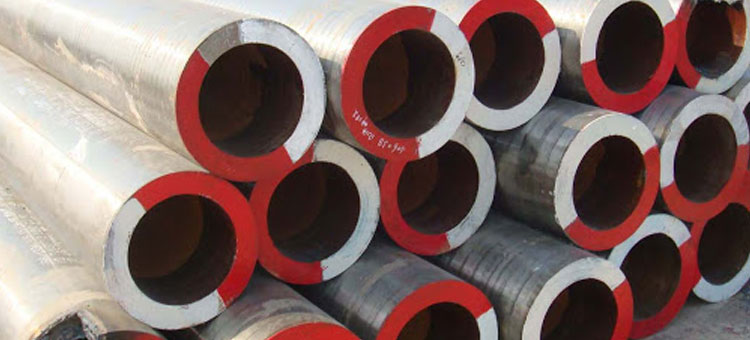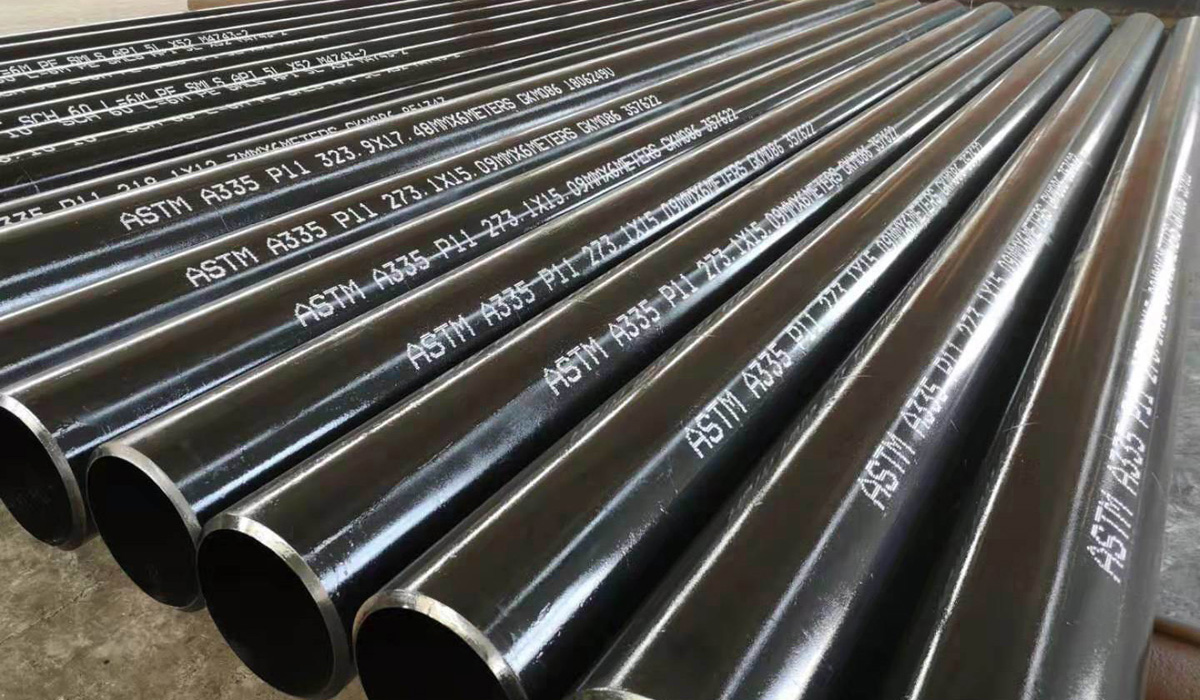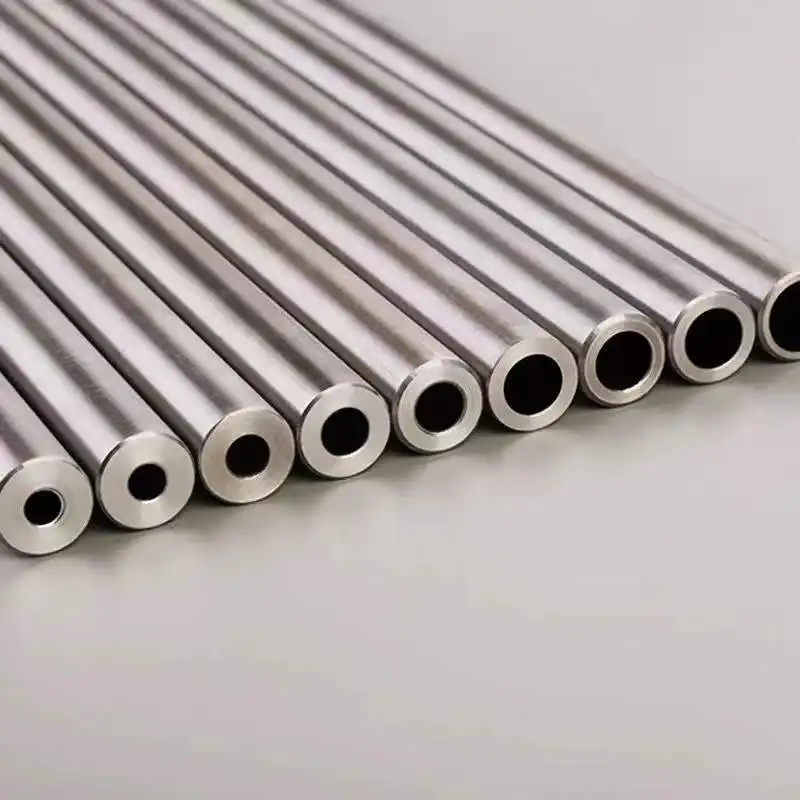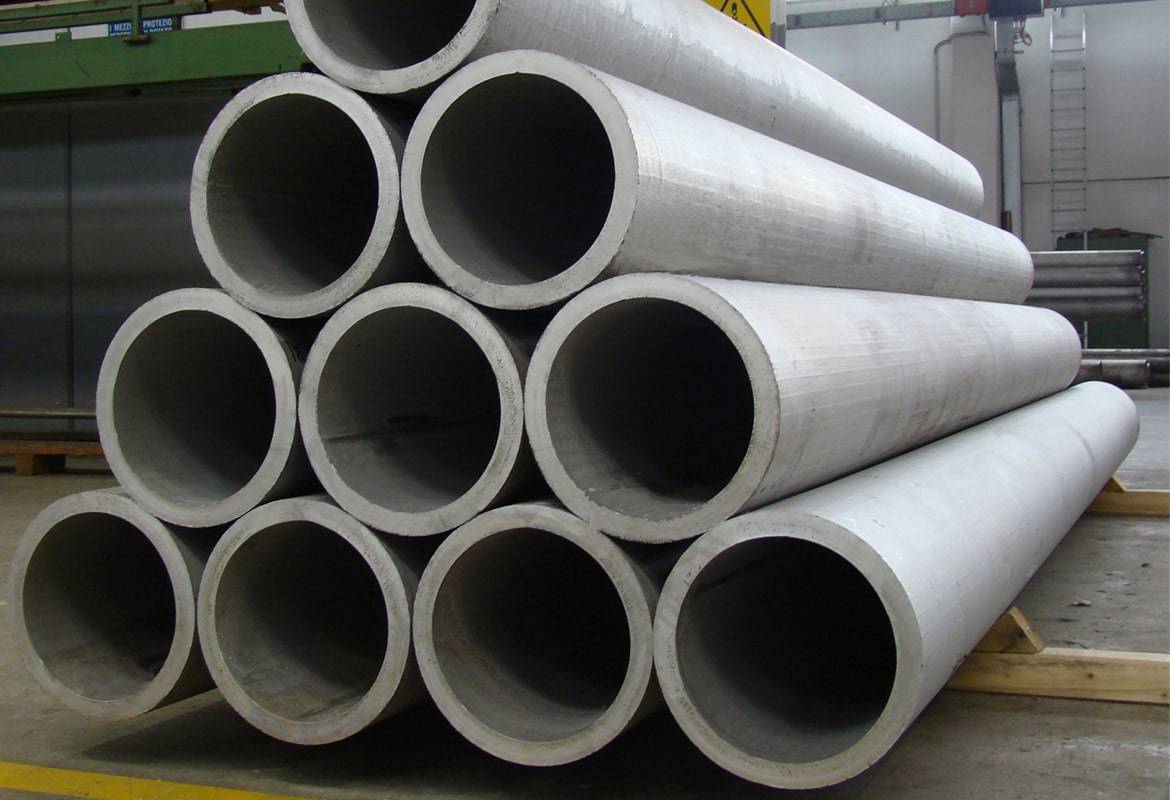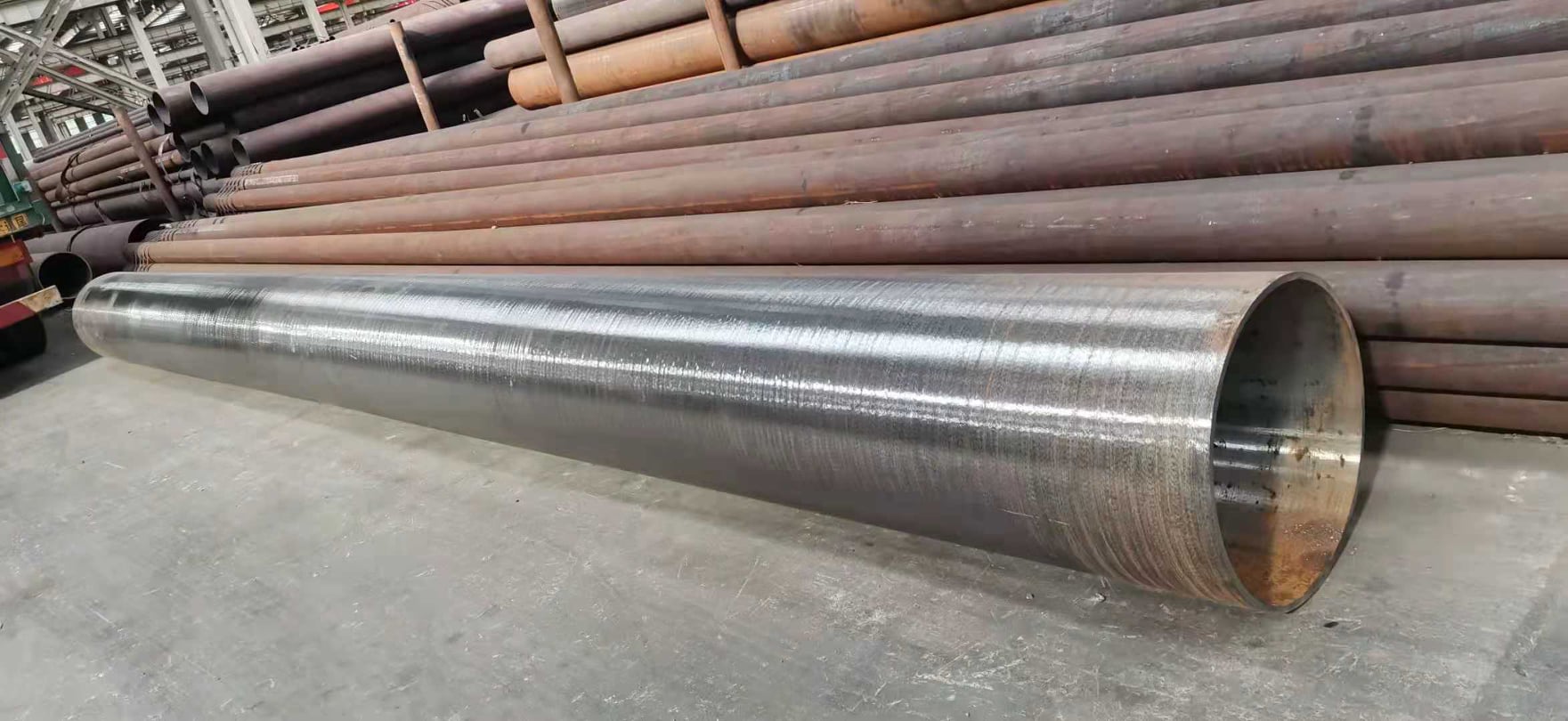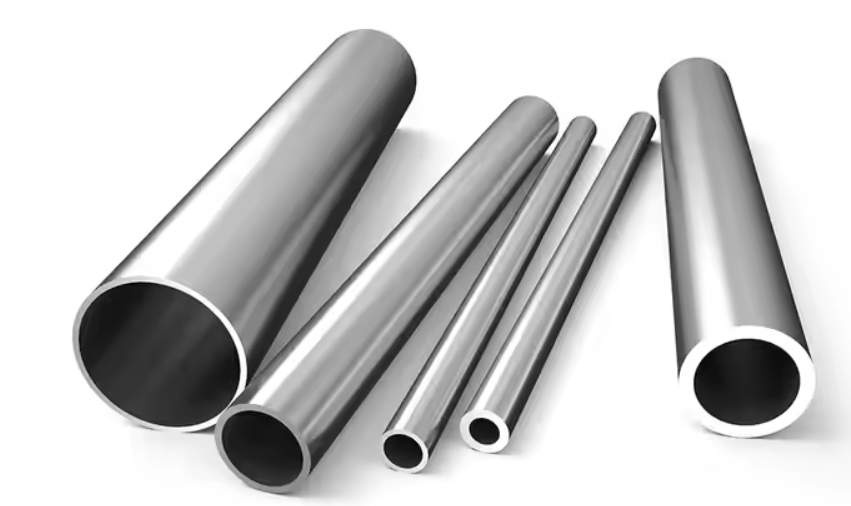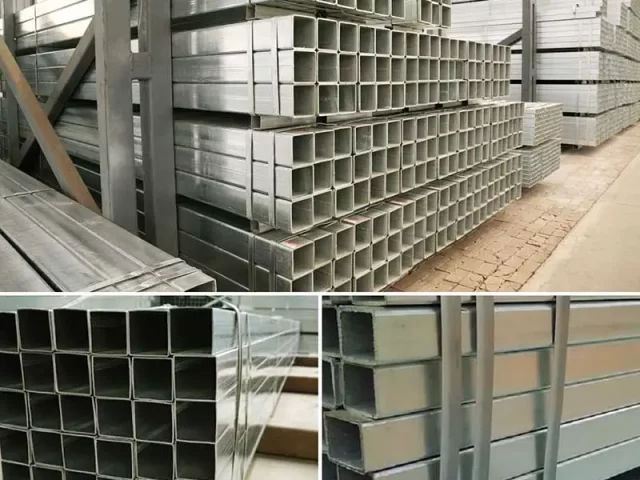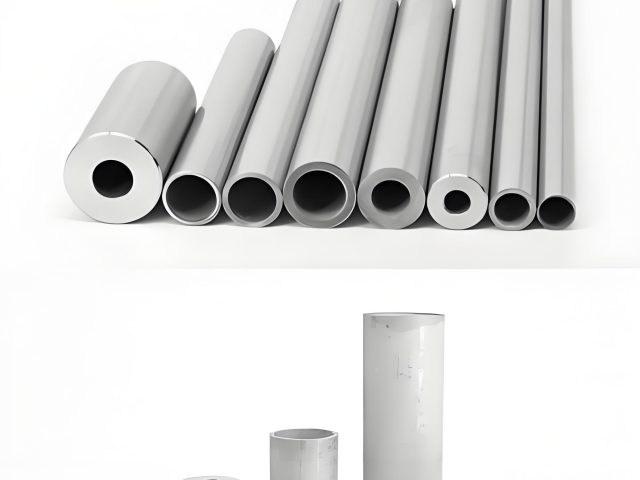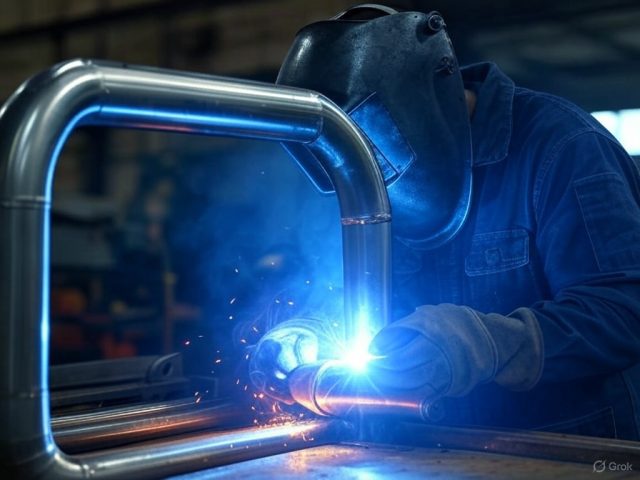How To Choose The Proper P-Grades Of A335 Steel Pipe?
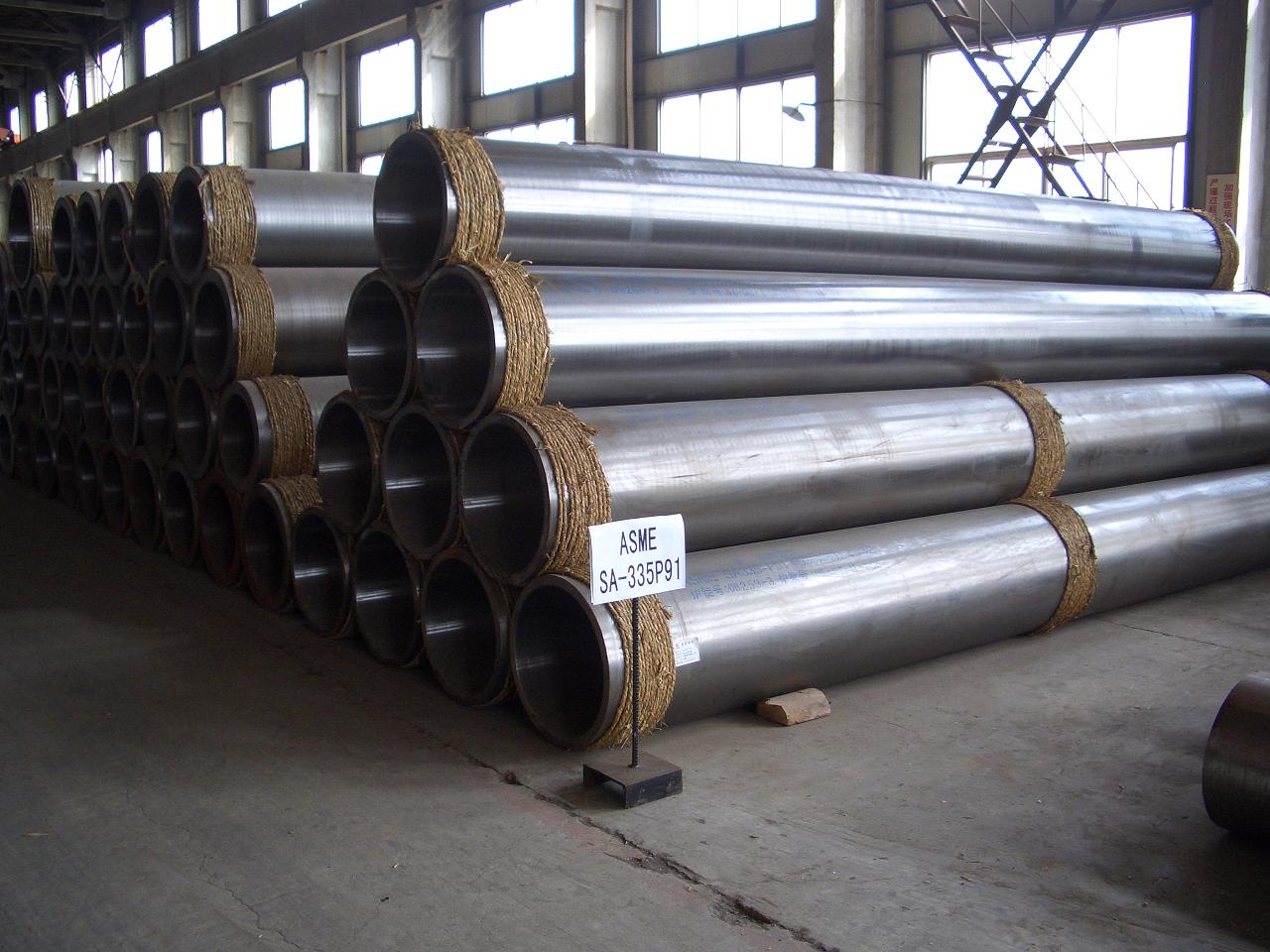
Choosing the proper P-grades of A335 steel pipe depends on several factors, including the specific application, operating conditions, and performance requirements. To select the appropriate P-grade for your project, consider the following steps:
Evaluate the operating conditions: Analyze the temperature and pressure requirements of your application. Different P-grades have varying temperature and pressure ratings, so it’s essential to match the pipe’s capabilities with your system’s demands.
Determine the required corrosion resistance: Assess the corrosive nature of the environment and the fluids or gases being transported. Higher P-grades, such as P9, P22, or P91, typically offer better corrosion resistance due to their higher chromium and molybdenum content.
Consider mechanical properties: Review the mechanical properties, such as tensile strength, yield strength, and elongation, required for your application. Higher P-grades generally provide better mechanical properties, ensuring pipe durability and reliability under stress.
Evaluate creep resistance: If your application involves long-term exposure to high temperatures, consider the creep resistance of the P-grades. P91, for example, offers superior creep resistance and high-temperature strength compared to other grades.
Factor in cost considerations: Balance the performance requirements with the budget constraints of your project. While higher P-grades may offer improved performance, they often come at a higher cost. Choose a grade that meets the project’s performance requirements without exceeding the budget.
Consult industry standards and codes: Refer to relevant industry standards, codes, and guidelines to ensure that your chosen P-grade meets the necessary regulatory requirements for your specific application.
Seek expert advice: Consult with a professional engineer or metallurgist experienced in A335 steel pipes. They can provide guidance in selecting the most suitable P-grade for your project based on your specific requirements and constraints.
By considering these factors and seeking expert guidance, you can make an informed decision in choosing the proper P-grade of A335 steel pipe for your high-temperature application.

